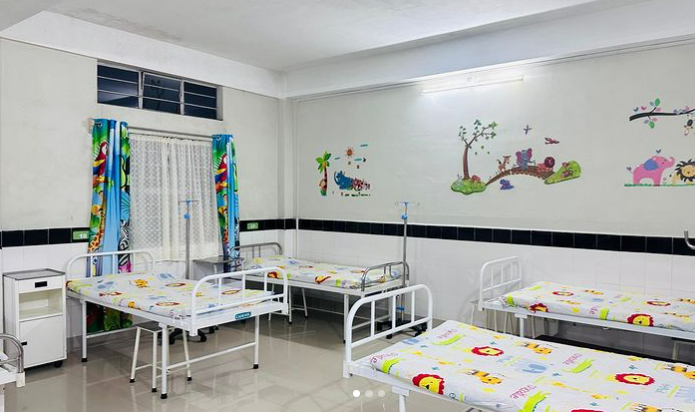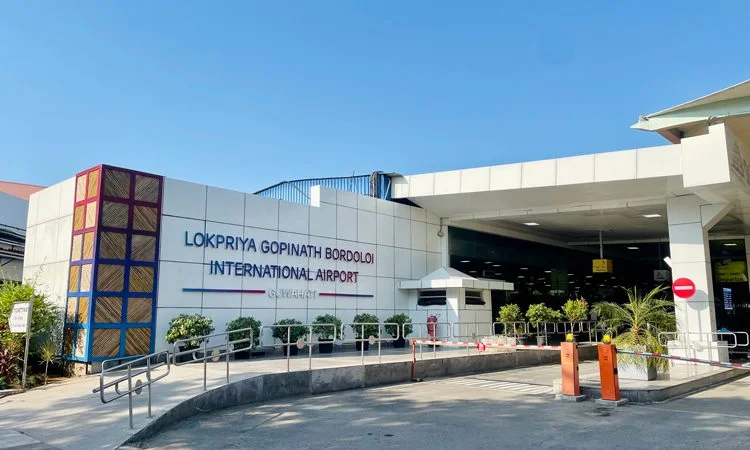East Khasi Hills, Ri-Bhoi record over 15% unintended pregnancy; national rate 9.1%
Roopak Goswami
Shillong, Nov 3: Meghalaya’s high rates of unintended pregnancies have placed it in the spotlight of a recent study that examines the distribution and causes of unplanned pregnancies across India.
A recent study on the distribution of unintended pregnancies in India has highlighted significant geographic variations, with concerning rates observed in Meghalaya. Among the key findings, Meghalaya’s Ri Bhoi and East Khasi Hills districts were noted to have unintended pregnancy rates exceeding 15%, underscoring a pressing need for targeted health interventions.
“Our findings indicate that two districts in Meghalaya—Ri Bhoi (15.3%) and East Khasi Hills (15.9%)—have unintended pregnancy rates exceeding 15%” one of the lead authors of the study Mahashweta Chakrabarty said . The study was published in BMC Pregnancy and Childbirth journal.
The research utilized spatial analysis to assess and visualize unintended pregnancy trends across Indian districts, including Meghalaya, which is seeing some of the highest rates among northeastern states. The national rate of unintended pregnancy in India is approximately 9.1%, but this rate varies significantly between different states and districts of India.
“Understanding the geographic variation of unintended pregnancy is crucial for informing tailored policies and programs to improve maternal and child health outcomes” the study said.
Although spatial analyses of unintended pregnancy have been conducted in several developing countries, such research is lacking in India. The study addresses this gap by investigating the geographic distribution and determinants of unintended pregnancy in India.
The study also identified contributing factors such as limited access to family planning resources and socio-cultural influences.
Unintended pregnancy is defined as either the mistimed (wanted later) pregnancy or the unwanted (no more desired) pregnancy. Unintended pregnancies significantly impact women’s health. Evidence suggests that such women often experience less weight gain, infrequent antenatal and delivery care, and higher prevalence of adverse health behaviours such as alcohol, drug use, and cigarette smoking. The occurrence of unintended pregnancies rises with the mother’s age, reaching a 15% rate for mothers aged above 40.
This study, conducted using data from the National Family Health Survey-5, marks a call to action for policy-makers to focus on addressing healthcare needs in Meghalaya and similar high-prevalence regions.
Though the study does not identify specific causes for these high percentages, a recent government report on Sustainable Development Goals (SDGs) in Meghalaya highlights that these districts perform poorly on both Goal 3 (Good Health and Well-being) and Goal 5 (Gender Equality), categorizing them as Aspirational Districts.
Meghalaya Chief Minister Conrad Sangma had admitted of challenges in heath sector but he also said the government’s commitment to prioriotizing health and education. He pointed out the state’s budget ion healthcare is among the highest in the country as efforts are being made to improve infrastructure, enhance healthcare services and expand resources and training for healthcare professionals.
The prevalence of unintended pregnancies soared to over 15% in 82 districts across various states. Bihar reported the highest number with 30 such districts. Arunachal Pradesh has six districts with unintended pregnancies soared to over 15%. The six districts in Arunachal Pradesh include Upper Subansiri, Lower Subansiri, East Kameng, Upper Siang, West Kameng, and Papum Pare.
Additionally, numerous districts in various states recorded unintended pregnancy rates exceeding 15%. Sikkim’s East District was also among those having an unintended pregnancy rate of 15% or higher.
The findings indicate significant regional variations in unintended pregnancy rates across India’s districts which emphasize the need for tailored interventions addressing the underlying causes of unintended pregnancies in specific geographic areas.
“Addressing these disparities and implementing targeted interventions can advance efforts towards ensuring equitable access to reproductive healthcare and empowering women across the nation to make informed decisions regarding their reproductive choices” the study recommended.




